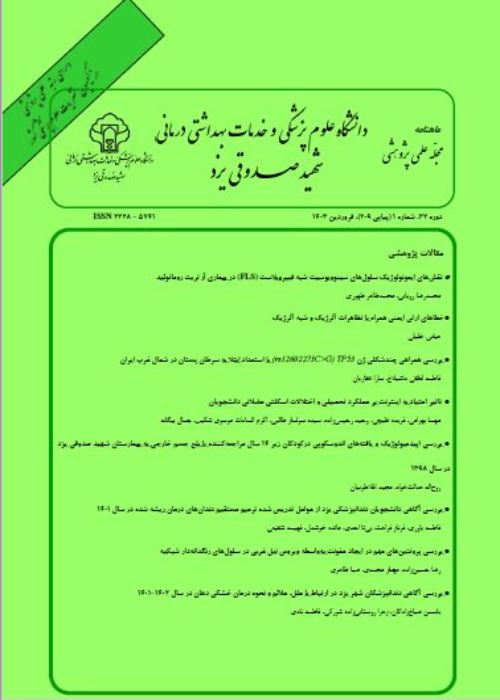Immunological Roles of Fibroblast-Like Synoviocyte Cells in Rheumatoid Arthritis
Fibroblast-like synoviocytes (FLS), also known as synovial fibroblasts or type B synoviocytes, are the primary cells responsible for the structure of the synovial lining. They are crucial for the formation of a healthy, organized synovial lining. In rheumatic synovium affected by inflammation, the typical three-layered synovial lining transforms into a pannus-like structure. Various pro-inflammatory conditions in the joints of rheumatoid arthritis (RA) patients, characterized by elevated levels of cytokines, growth factors, and infiltration of inflammatory cells, strongly activate FLS cells. Moreover, environmental conditions in the joints of RA patients, such as high pressure and hypoxia, induce changes that further contribute to FLS activation and the development of aggressive characteristics. These changes include increased proliferation, reduced apoptosis, and enhanced cell migration, collectively referred to as a tumor-like phenotype. Additionally, FLS cells release inflammatory cytokines, amplifying inflammation and attracting immune cells to the joint. They also play a role in degrading the extracellular matrix and causing cartilage and bone damage through the production of enzymes like matrix metalloproteinases (MMPs), collagenase, aggrecans, and cathepsins. Recent therapeutic approaches have been directed at targeting the signaling pathways that activate FLS cells and inhibiting factors and cytokines produced by these cells to alleviate inflammatory symptoms and reduce joint damage. It is anticipated that these treatment strategies will complement existing therapies in the near future.
FLS cells are the main components of maintaining the health and nutrition of joints. These cells produce various cytokines, chemokines, angiogenic factors, as well as factors that contribute to the breakdown of matrix and cartilage. The main drivers of significant changes in inflamed joints are proliferation and resistance to apoptosis. Treatment strategies have been developed to target the signaling pathways that activate these cells, with a focus on improving inflammatory symptoms. It is expected that these treatment strategies will be incorporated into existing therapies in the near future.
- حق عضویت دریافتی صرف حمایت از نشریات عضو و نگهداری، تکمیل و توسعه مگیران میشود.
- پرداخت حق اشتراک و دانلود مقالات اجازه بازنشر آن در سایر رسانههای چاپی و دیجیتال را به کاربر نمیدهد.


